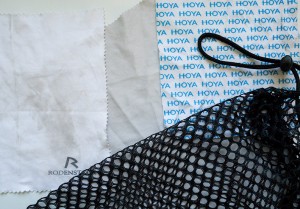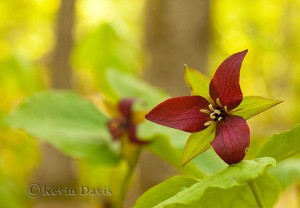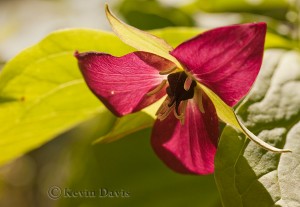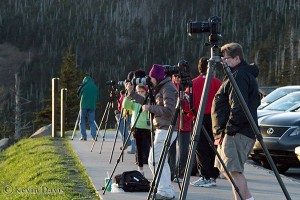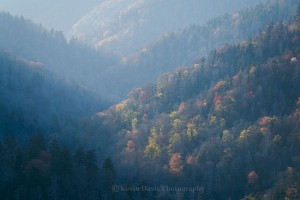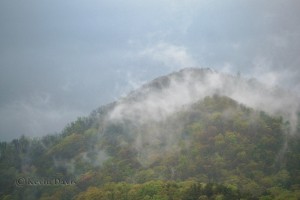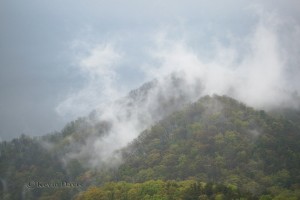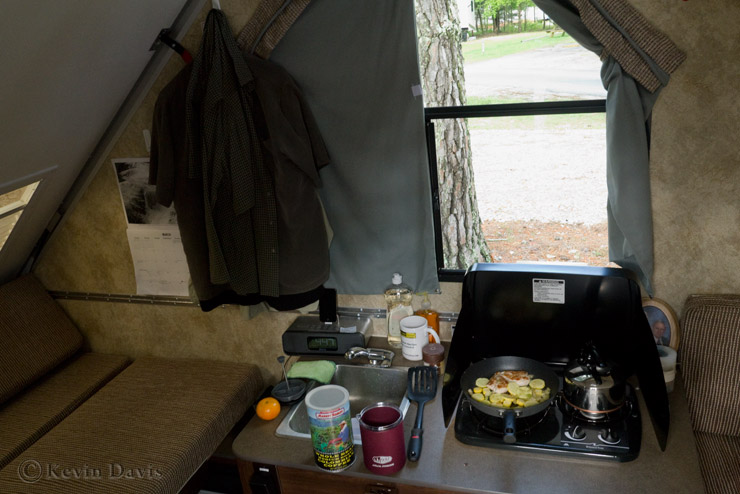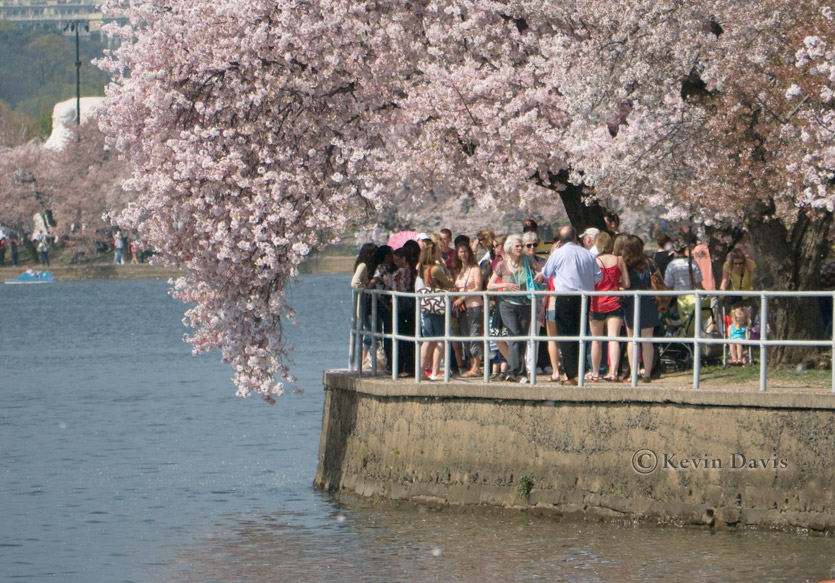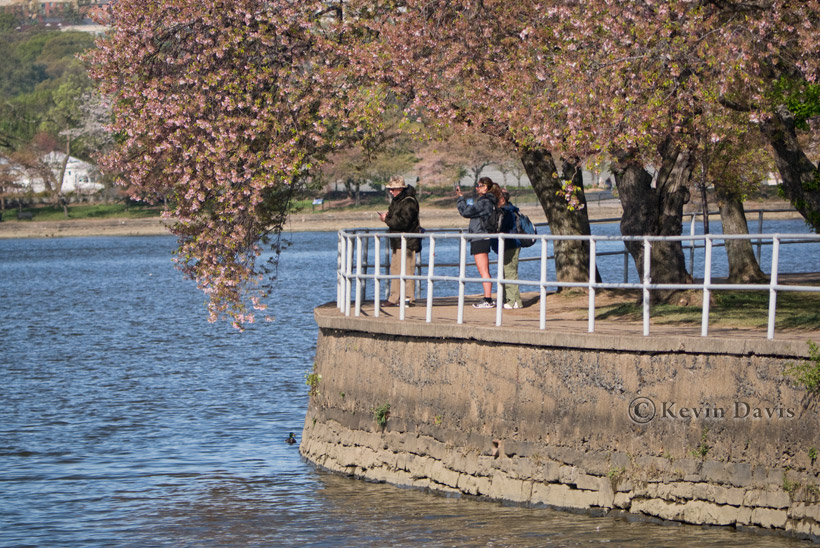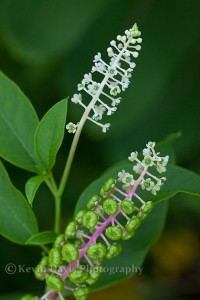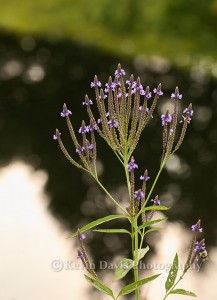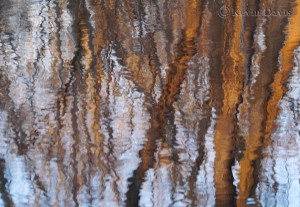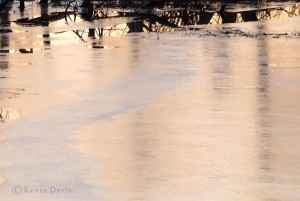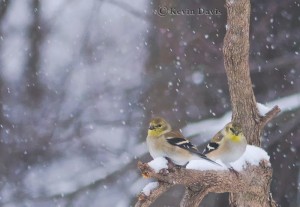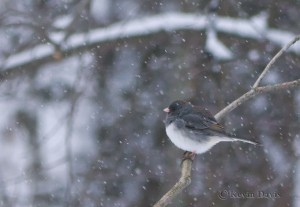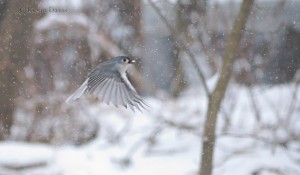Some situations require remotely triggering a camera. The RW-221 is an inexpensive remote trigger. It looks well made and worked well in my initial testing, however … the first time I ever used the RW-221 for a real shoot, it broke.
There was a dense crowd of people in Boston that day and someone tried to squeeze between me and the shrubbery … I lost balance and pushed hard on the button of the RW-221. The button slid into the plastic case such that it could not pop-up (the normal un-pressed state). I was on location and had no backup for this tool.
Upon taking it apart, I found that the plastic button is supported by a very small plastic pin, which easily snapped under pressure. Although I repaired it with a bit of glue, I have to conclude the following:
1) due to a design flaw, the RW-221 is not robust/reliable; be gentle.
2) always have a backup for your equipment
2) anyone who has this device or is purchasing it new, take it apart and re-inforce the pin with a bit of epoxy

